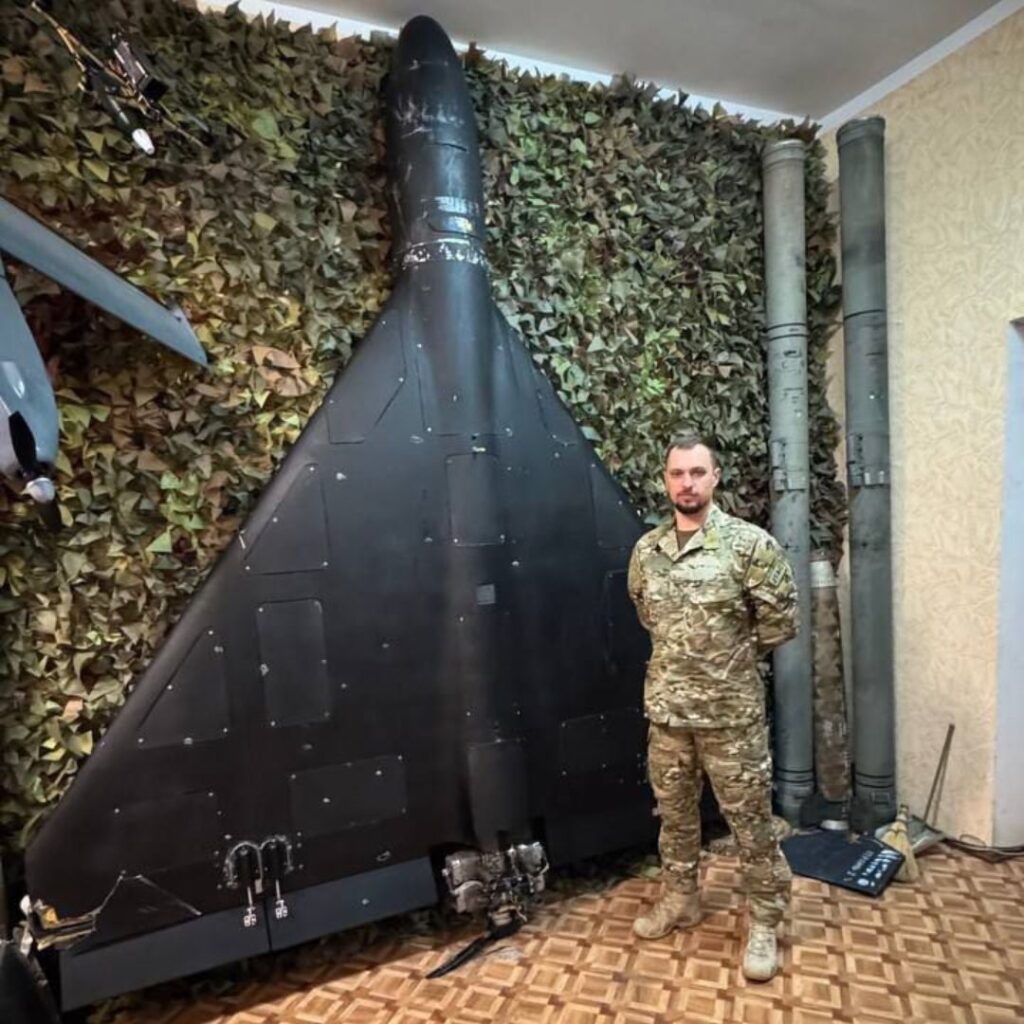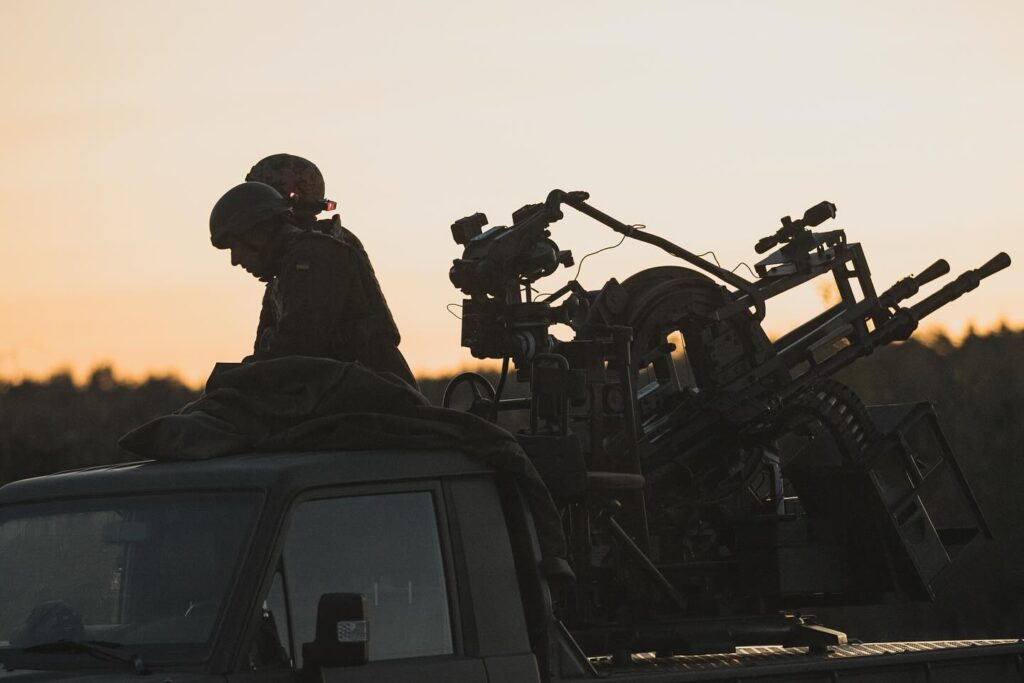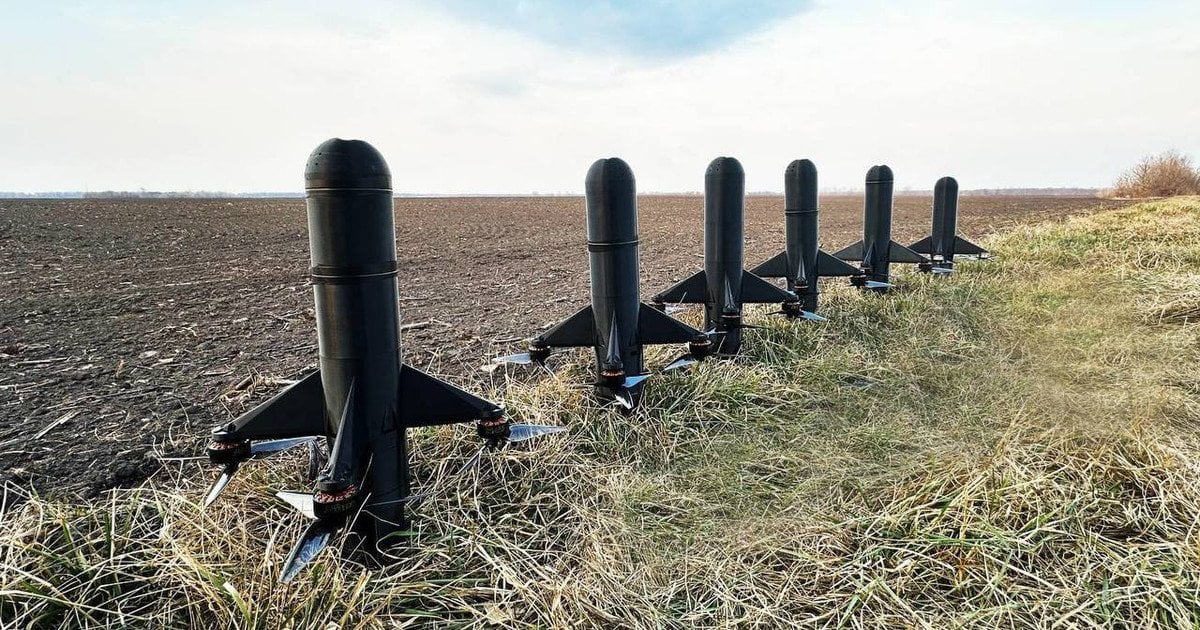Ukraine is deploying a new generation of air-defense drones—fast, lightweight, and highly maneuverable—designed specifically to intercept and destroy Russia’s Iranian-designed Shahed attack drones.
With peace negotiations stalled and Russian aerial attacks intensifying, Kyiv is turning to homegrown technology to fill a critical defense gap. Massive waves of Shahed drones have made traditional missile systems economically unsustainable, prompting the rapid deployment of tens of thousands of compact, low-cost interceptors.
What these interceptor drones are
According to Forbes tech correspondent David Hambling, Ukraine’s interceptors mark a technical leap in drone warfare, prioritizing speed, scalability, and affordability:
- Lightweight and aerodynamic: Designs include bullet-shaped quadcopters (like Wild Hornets’ Sting) and delta-wing drones, built for high-speed, high-altitude engagement.
- Vertical engagement capability: These drones can climb to intercept Shaheds flying at over 10,000 feet (≈3 kilometers)—well above the reach of ground-based machine guns.
- Radar and visual guidance: Integrated into a nationwide sensor and command system, they are coordinated to track and strike slow-moving aerial threats.
- Low cost: Priced at just $1,000 to $5,000 per unit, they’re dramatically cheaper than the $3.3 million US Patriot missiles used to counter other threats.
What Russia is saying
Even figures within Russia’s defense-industrial elite have acknowledged the growing impact of Ukraine’s interceptor efforts. Alexey Rogozin—former CEO of Ilyushin and a senior figure in Russia’s military aviation sector—wrote on Telegram that Ukraine had effectively constructed a local anti-drone network over Kyiv:
“In fact, we are talking about an urban anti-drone dome built on the mass use of small-sized interceptors,” he said, referring to the Clear Sky initiative.
Rogozin claimed that more than 500 Shaheds had been intercepted under this system. While he maintained that large drone waves could still overwhelm defenses, he conceded that the cost dynamic has shifted:
“Now it is more expensive to attack than to defend.”
However, the system is not foolproof. Despite the deployment of interceptors, Kyiv continues to experience Shahed strikes, and explosions remain a frequent occurrence. Interception rates have reportedly improved, but with systems still scaling up, real-world effectiveness remains incomplete.

Why Ukraine is using them
Russia’s Shahed drones are slow, cheap, and launched in overwhelming numbers. In June alone, Russia launched over 5,000 Shahed-type drones, including as many as 728 in a single night—far more than traditional systems like Patriots can handle.
Ukraine’s interceptors offer a cost-effective, scalable response to this flood of threats. Small, fast, and increasingly numerous, they are designed to match Russia’s production tempo.
President Volodymyr Zelenskyy recently praised the system, stating that “hundreds of Russian-Iranian Shahed drones have been shot down this week” alone. Officials say interception rates, which had dropped due to higher-altitude attacks, are now back above 86%.
Moment a Russian Shahed drone is shot down over Odesa on Sunday morning. Some reports suggest it was intercepted by another drone. pic.twitter.com/qF5dYySMVC
— WarTranslated (@wartranslated) July 11, 2025
How many are coming
According to Arsen Zhumadilov, head of Ukraine’s Defense Procurement Agency, the country has already signed contracts for tens of thousands of interceptor drones.
“This is what we have already contracted and will continue to contract,” Zhumadilov said in a 14 July interview with Babel. “We will definitely contract everything that the state budget can afford.”
He added that if domestic production capacity exceeds state funding, allied nations may help finance additional units to expand coverage.

Strategic impact
Ukraine’s interceptor drone program is emerging as a flexible, affordable answer to Russia’s drone warfare campaign—and potentially a model for other nations facing similar threats.
“Ukraine is massively scaling up its production of low-cost interceptor drones to stop Russia’s growing barrages of Shahed attack drones,” wrote David Hambling.
At the recent G7 summit, Zelenskyy emphasized that this technology could serve as a global solution for defending against mass drone attacks—an increasingly relevant challenge in modern warfare.




